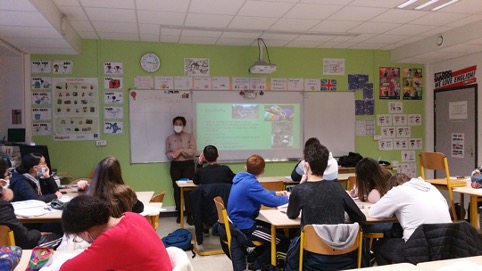
Today, Marie, our language assistant, has presented to us three languages from her birth country, South Africa.
There are eleven official languages, and even more cultures in South Africa. They all have a common point : music.
She can speak many languages : English, Spanish, isiZulu, Afrikaan and French !
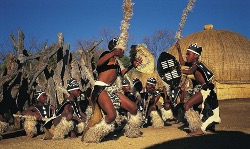
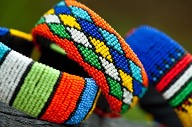
isiZulu is the most popular : 11,587,374 people speak isiZulu, mostly in the Kwa-Zulu Natal province, where she is from.
In this culture, they put on bright colours, on their costumes and jewellry. They dance and they play the drums during ceremonies.
In isiZulu, « hello » is said « sawubona » !
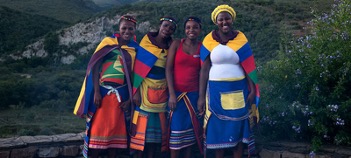
Molo ! (hello !)
isiXhosa is known as the « click language ». It is one of the oldest languages in Africa. It is spoken in the Eastern Cape and in the Western Cape province. It is the second most spoken language in South Africa.
It is known for the traditional face painting and the women wear very colourful traditional dresses.
This language is appreciated for its three different « clicks » (claquements de langue), and this is why it is a difficult language.
For us, this language is beautiful and as a culture isiXhosa is very interesting.
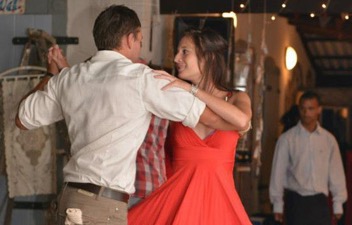
Afrikaan is a language that is very similar to Dutch and we could watch a special dance : the « sokkie ». It is a couple’s dance, with spinning moves. For example you can watch the Kaalvoet Sokkie by Kurt Darren.
Afrikaan is spoken in the Western Cape and in the Gauteng province. It is spoken mostly by farmers and people of European descent. In Afrikaan a barbecue is a « braai » and you can say « hello » with « Goeiemore ».